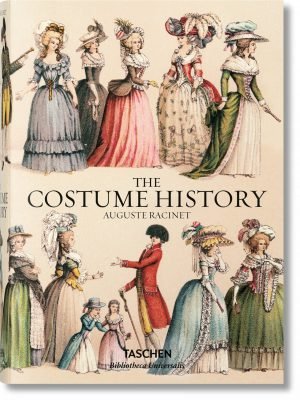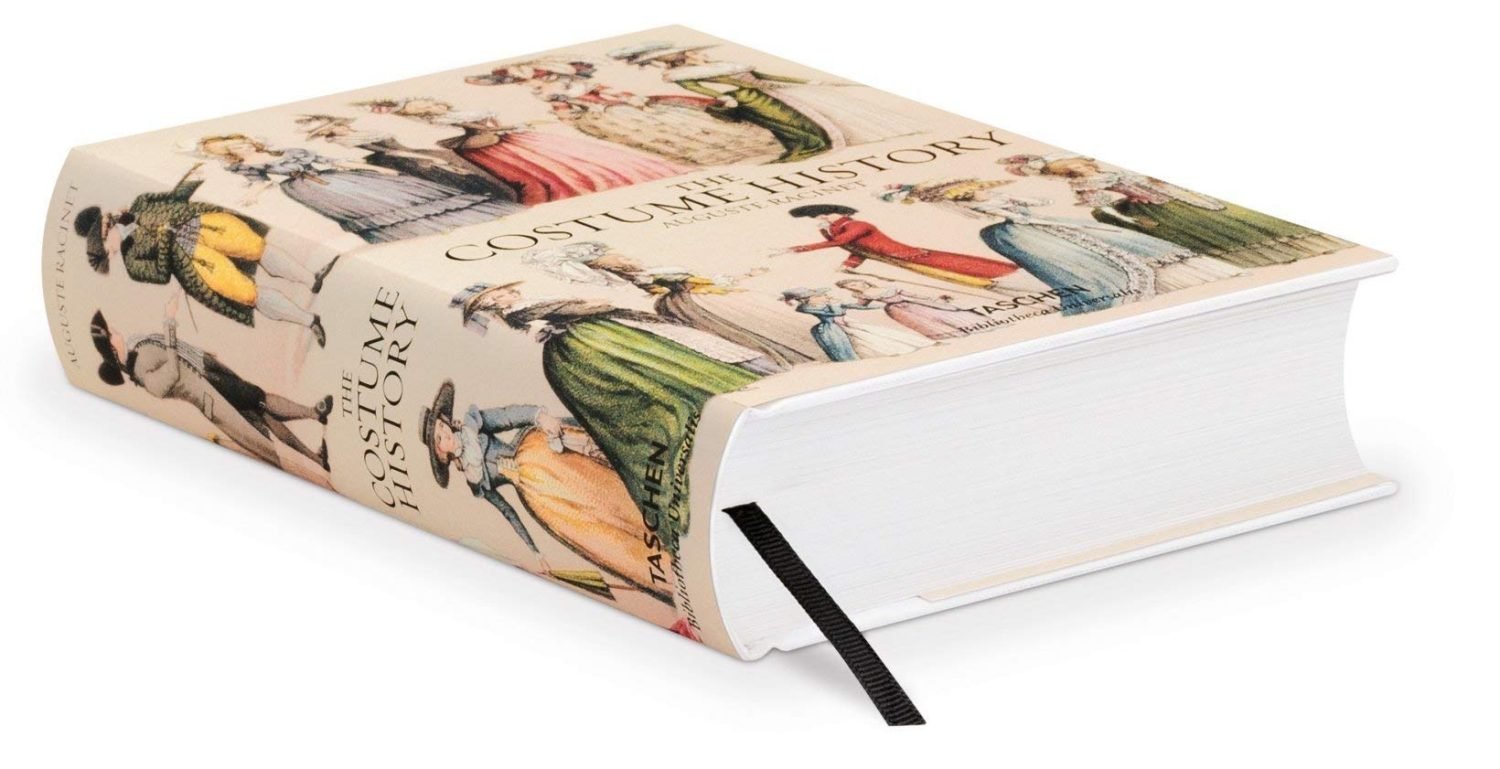PLATE XVI.
NIELLOS AND ENGRAVED METALS.
INDIAN ART.
IT would be difficult to assign a date to the greater part of the illustrations given in the accompanying plate. This difficulty is nearly always found in dealing with the productions of the extreme East; where the consequence, in an artistic point of view, of the fixity of the religious and political system, is a sort of immobility in perfection, which allows neither progress nor decay. To this cause may also be added the faculty of exact imitation, so characteristic of the Orientals, which enables them to give to modern manufactures the appearance of ancient ones, which are generally held in higher estimation.
However this may be, all must admire the order, propriety, and appreciation of general effect, which distinguish these delicate examples of metallic ornamentation.
All the specimens given in our plate are taken from objects of daily use.
Nos. 1 to 6. – Ornaments on two nargiles, belonging to Jacquelet Bey.
Nos. 7 to 9. – Ornaments on a jug, basin, and cover, belonging to Baroness Rothschild.
No. 1O. – Ornaments on a jug, belonging to M. Léonce Mahoû.
No. 11. – Ornaments on a dish, belonging to M. Schefer.
Nos. 12 to 15.-Ornaments on a jug and dishes, belonging to M. Verdé-Delisle.
Niello denotes an ornamentation on silver, rare gold, in more recent times usually of sulphur, copper, silver, and lead, which consists of drawings engraved or pressed into steel plates and filled with a kind of black paint. The black mass of paint itself is also called this.
Source: Polychromatic ornament by Auguste Racinet. London, H. Sotheran and Co., 1877.










